Tribes and conservationists fight for the future spearfishing as climate change threatens lakes
Members of the Ojibwe and other tribes in the northern Great Lakes region have spearfished walleye for centuries, but the threat of climate change to the habitat for this traditional source of food is adding another difficulty on top of historical government and local opposition.
Associated Press
July 9, 2024 • Northern Region
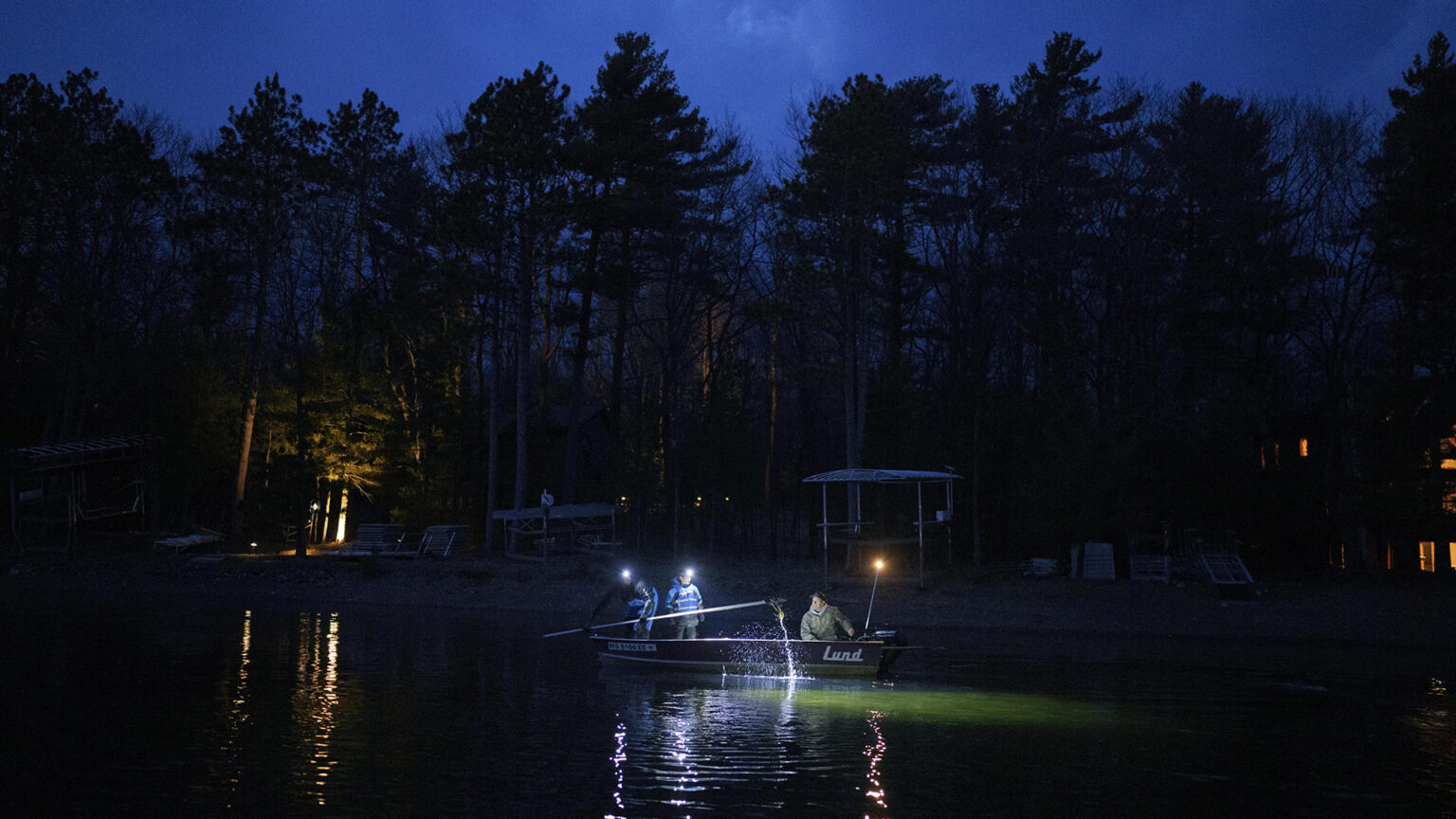
Donovan Martin, left, spears a fish as his father Kelly Martin, right, drives a boat on Round Lake on April 13, 2024, near Hayward. Walleye numbers in some lakes are dwindling due to warming waters, increasingly variable seasonal changes and lakeshore development. Losing the species would mean losing a food source for Ojibwe and other Indigenous people, a sovereign right to fish and a deep connection to tradition and nature. (Credit: AP Photo / John Locher)

HAYWARD, Wis. (AP) — Chilly nights on northern Wisconsin’s Chippewa Flowage don’t deter 15-year-old spearfisher Gabe Bisonette. He’s been learning the Ojibwe practice for so long now that when his headlamp illuminates the eye-shine of his quarry, he can communicate the sighting to his dad with hardly a word.
Pronged spear at the ready, Gabe thrusts the pole down and strikes the rippling water. He scoops the pole through the air in a practiced motion — the hardest part, he says, is keeping the walleye on the spear as it wriggles — then slides the catch into the boat with a thunk.
Ojibwe and other Indigenous people are fighting to keep this way of life vibrant. As a result of warming waters, increasingly variable seasonal changes and lakeshore development, walleye numbers in some lakes are dwindling. Losing the species would mean losing a food source for community members, a sovereign right to fish, and a deep connection to tradition and nature. Many are optimistic that with the help of science and proper management, they will be able to continue this tradition in the future, but there’s also concern about the changes already happening.
“We’ve seen things here over the last couple of years that I’ve never seen before,” said Brian Bisonette, Gabe’s uncle and the conservation director of the Lac Courte Oreilles Conservation Department. “It worries me, what I’ve seen in my lifetime, what’s my grandson going to see in his lifetime?”
Bisonette described how past leaders, recognizing the need for enough food to subsist in their homeland, strategically secured the right to hunt, fish and gather wild rice in certain areas as part of the 19th century treaties that ceded land to settlers.
But for a long time after that, the state of Wisconsin curtailed tribes’ treaty rights and in some cases even arrested tribal members for participating in activities integral to their heritage. Eventually a 1983 Supreme Court decision affirmed the Ojibwe people’s rights, but opposition flared up. Angry and misinformed locals showed up at lakes to harass tribal members. They slashed tires, shouted racist slurs and shot at spearfishers.
Today, wardens at every boat landing work to keep people safe, but incidents still happen from time to time. Bisonette can laugh at the notion of people screaming “go back to where you came from” at Native people, but still carries the weight of past run-ins. “It would be scary for anybody,” he said. “You like to think time heals everything, but it still doesn’t.”
Now, with the importance of that history in mind, tribes and local conservation teams are finding ways to keep walleye and the spearing tradition intact. Spearers are required to get permits that limit the number of fish they can take, and some lakes are “stocked,” meaning the bulk of the fish population is born in a hatchery and released into the lake. But the goal in many cases is still to boost natural reproduction.
“Whether it’s tribal or non-tribal, this is a concern for all of us,” Bisonette said.
Lake ecosystems in peril
On another inland lake, Lac Courte Oreilles, Department of Natural Resources fisheries biologist Max Wolter and regional team supervisor Angelena Sikora are looking for walleye, too.
They take a motorboat out to strategically placed nets set up at different points on the shoreline, and Sikora gleefully plops each walleye or crappie onto the measuring surface to record its size and sex. If it’s a new individual, she tags it by clipping a fin, then throws it back.
The goal is an accurate picture of the fish populations of inland lakes, which the DNR gathers in partnership with tribal conservation partners and the Great Lakes Indian Fish and Wildlife Commission. Pooling their data, experts across all groups are noticing signs of change.
“It’s not that the adult walleye are just dying out, it’s that the amount of reproduction isn’t happening at the same levels that it used to, especially in certain water bodies,” Wolter said. GLIFWC director of communications Charlie Rasmussen added that even when young walleye do hatch, they’re having a harder time surviving to adulthood.
Kelly Martin, who has been spearfishing with his family for multiple decades now, sees changes firsthand. This year he was surprised by the start of the season, which came early because there was no ice on the lake over the past winter. Wolter explained that winters are becoming wildly inconsistent in terms of length and temperature, and climate change is making some lakes clearer due to prolonged drought periods that slow the influx of river flows, which negatively affects habitat for walleye that do better in murkier water.
Martin has seen waters altered by other factors like development, too. After the pandemic, in his work as a roofing contractor, he saw business skyrocket on the lakefront homes that attract remote workers and tourists alike.
“You want to make sure that this lake stays sustainable for everybody, for many years.” he said. “My great-great-grandkids, I want them to be able to have their time with their family and make their stories.”
The DNR in 2022 updated its conservation plan for walleye, with a focus on climate change. And in January 2023 GLIFWC released the updated version of its climate change vulnerability assessment, a work seven years in the making, driven largely by what they were hearing from tribal members about changes they were observing.
“That knowledge held by tribal elders seems to be receiving more widespread acceptance,” and science is both supporting and learning from Indigenous knowledge, Rasmussen said.
Tribes are first to adapt
Many Northern Wisconsin tribal members have watched the influx of people into their small community, coming for the promise of a “climate proof” getaway thanks to its abundant supply of fresh water, relative safety from sea level rise and warming-but-still-cold winters.
But those newcomers and summer tourists aren’t the ones relying on nature for food, and they aren’t the ones fighting for traditions that go back generations. As inland lakes warm with climate change, tribal members experience the effects first.
That’s why tribes’ intimate knowledge of the lakes, passed down for generations, inspires Bisonette and others invested in spearfishing to continue fighting to do so.
“That’s one thing for all Indigenous populations, they want to adapt,” Bisonette said.
For now, with the conservation efforts that keep walleye populations intact, Martin, whose Ojibwe name Giiwitaayaanimad means “wind blowing all around,” spears enough fish to help feed elders in the community. He and anyone else helping him work for hours taking off walleye scales, carefully making each cut with a knife and washing down the flesh in a bucket. The resulting harvest is stored in the fridge or freezer until it can be taken to people all over the community, something he loves to do. Listening to the elders’ stories is priceless, he says.
“Some of these people, that’s how they grew up. This is what their life is, doing this,” Martin said. “I just hope I get to be like that. Someone will remember me.”
Editor’s note: This is part of a series of on how tribes and Indigenous communities are coping with and combating climate change.
The Associated Press’ climate and environmental coverage receives financial support from multiple private foundations. AP is solely responsible for all content. Find AP’s standards for working with philanthropies, a list of supporters and funded coverage areas at AP.org.
 Passport
Passport




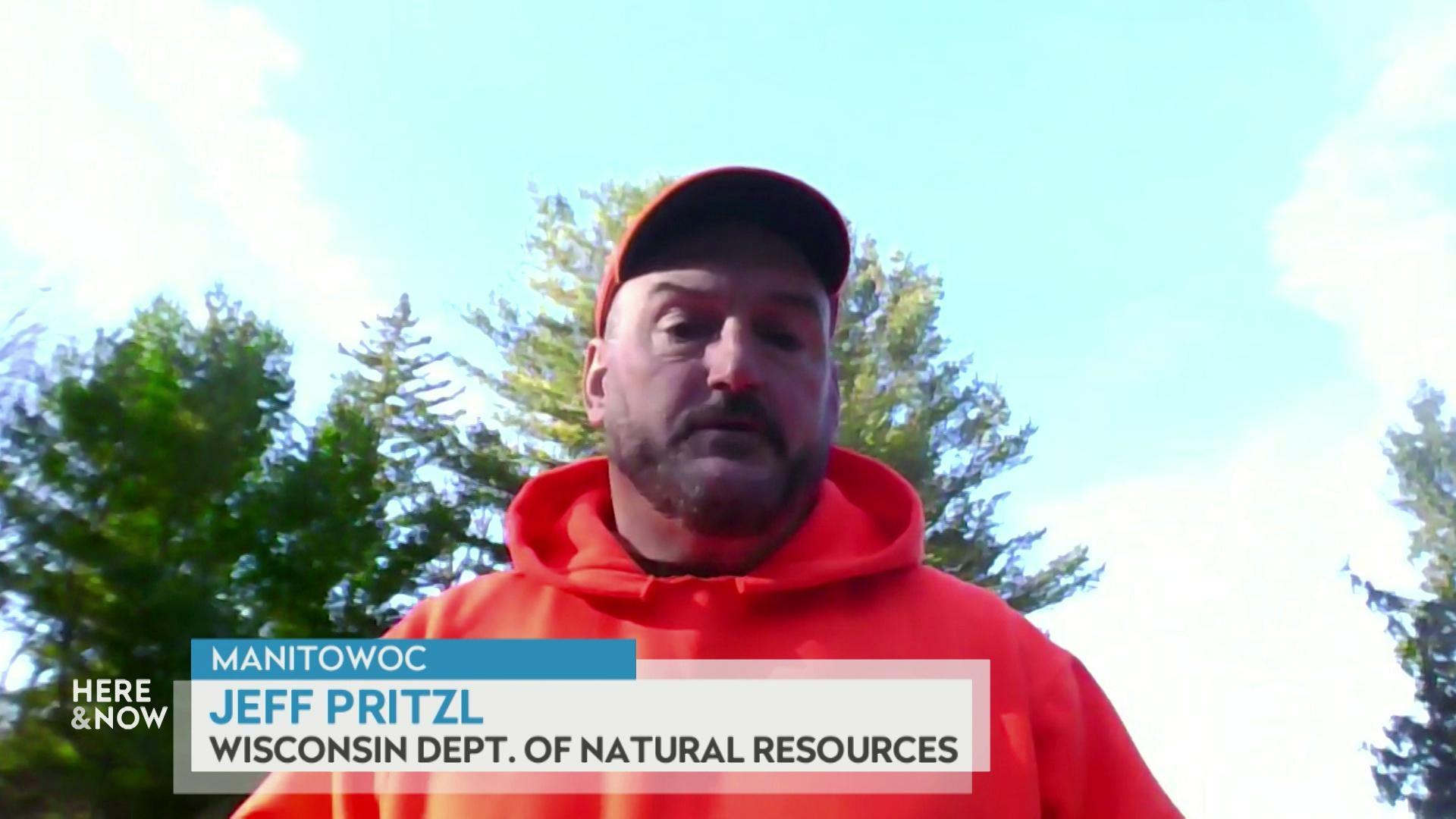
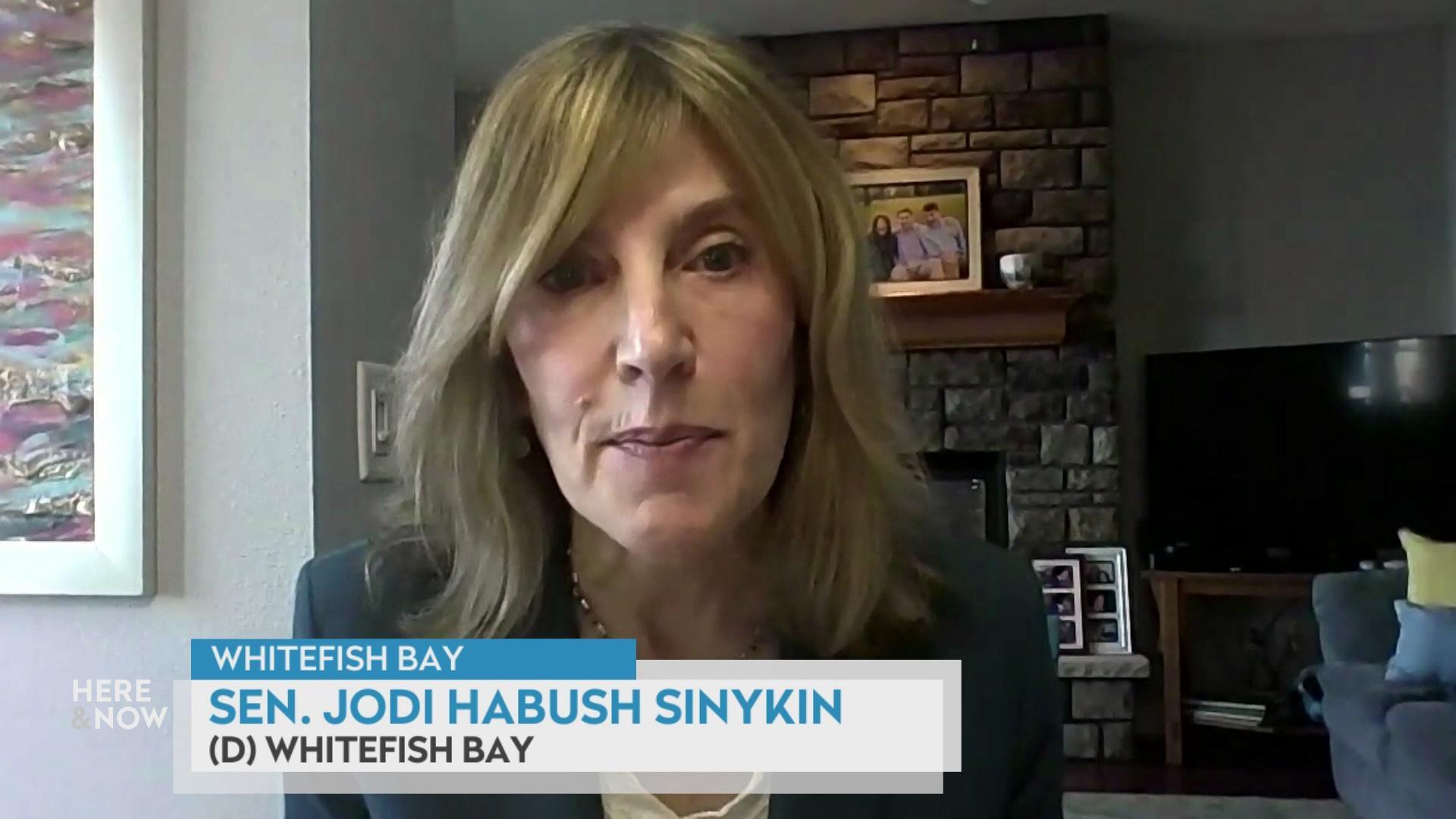

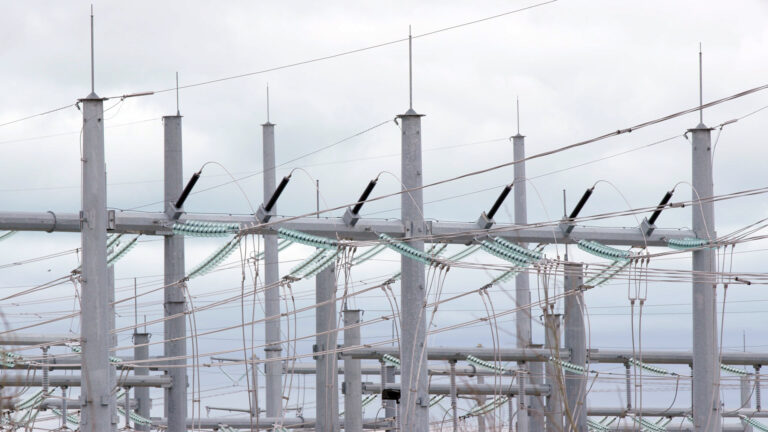
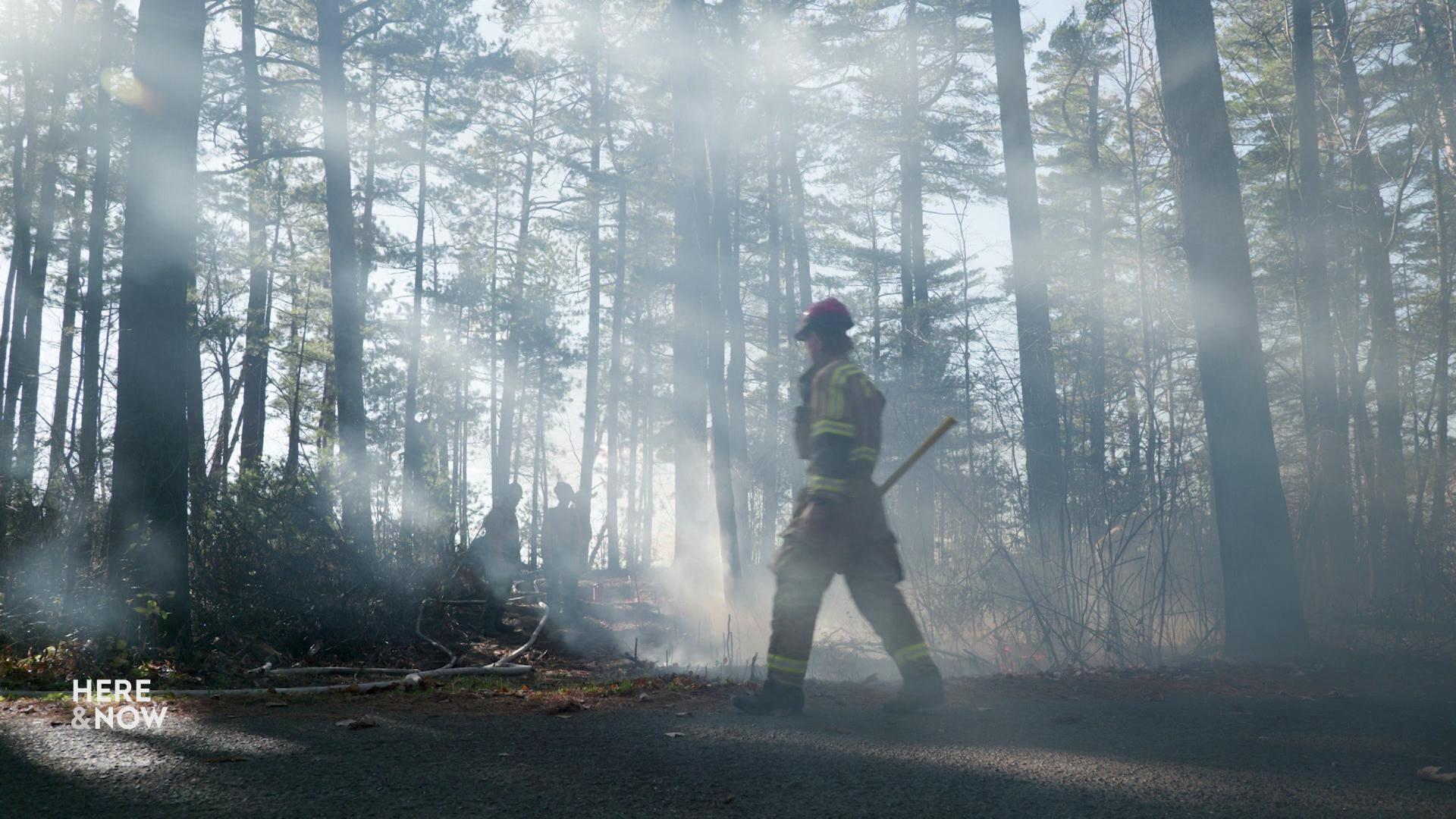
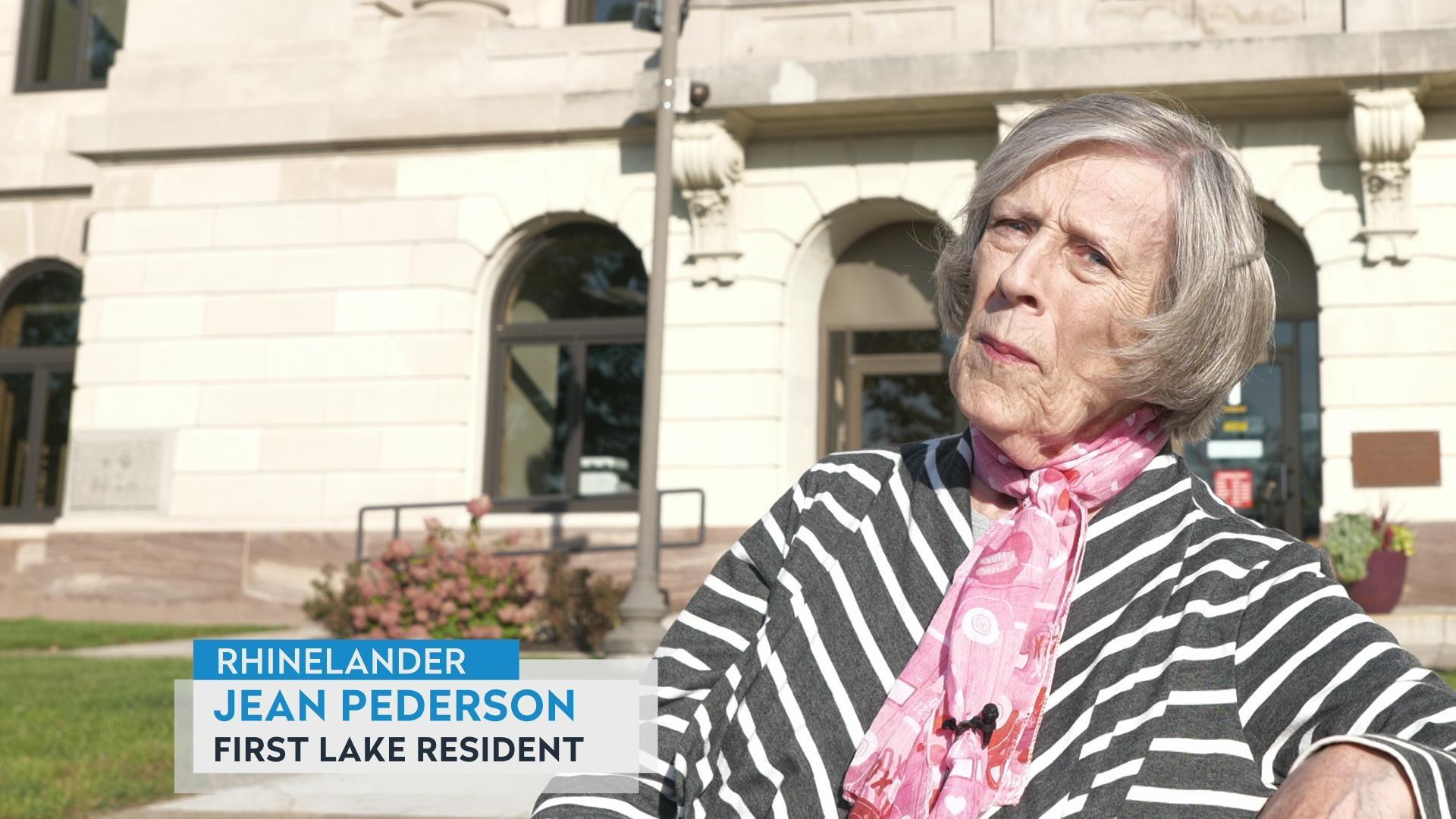

Follow Us